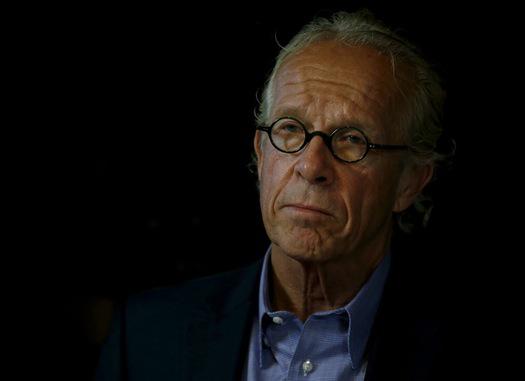|
Judge to rule whether parishes can be tapped for abuse claims
By Jean Hopfensperger
A bankruptcy court judge was asked Thursday to include Catholic parishes and schools with the assets of the Archdiocese of St. Paul and Minneapolis to compensate clergy abuse victims. The archdiocese’s Chapter 11 bankruptcy organization plan, filed in May, would create a $65 million trust fund to compensate the some 440 abuse victims who have filed claims. But victims’ attorneys say the archdiocese’s true assets are more than $1.7 billion, because it is intricately linked administratively and financially to its 187 parishes, schools, cemeteries and other affiliated nonprofits. They argued the archdiocese has tried to hide those financial ties. In a courtroom packed with lawyers opposing the move, the archdiocese asked Judge Robert Kressel to dismiss the motion. Kressel said he would file a written ruling after further review. “The fundamental question is whether the court has the authority to consolidate,” said archdiocese attorney Richard Anderson. “The motion asks for unprecedented relief,” he said. “No other court has ruled on the operational and managerial relationship alleged in this case.” Attorney Jeff Anderson, representing abuse victims, presented a chronology of the alleged “hiding” of assets starting with the May 2013 passage of the Minnesota Child Victims Act, which opened the door to a flood of clergy abuse claims. Later that year, for example, the Catholic Services Appeal — the archdiocese’s biggest fundraiser — was spun off from the archdiocese to become an independent nonprofit. Likewise, a month after the archdiocese filed for bankruptcy in 2015, its cemeteries changed their signage and websites to remove wording indicating they were owned by the archdiocese, Jeff Anderson said, noting photographs documented the changes. Catholic Finance Corporation, meanwhile, changed its articles of incorporation, which previously stated that the corporation solely benefited the archdiocese, he said. “Consolidating these entities will create a transparency that has been absent to date,” said Rob Kugler, representing the victims committee. Archdiocese attorney Richard Anderson said there already is transparency. He noted that a similar motion — one to consolidate just parish assets — was dismissed in the bankruptcy case of the Milwaukee Archdiocese in 2012. However, a motion to consolidate assets of Milwaukee’s cemetery trust fund with those of the archdiocese was approved by an appeals court judge in Chicago last year. Kugler argued the consolidation would be in the best interests of the public, as it would deter the archdiocese from failing to report child abuse again. The judge interjected. “I don’t understand how protecting children will be accomplished by consolidating,” Kressel asked. Kugler responded that there was a “deterrence effect.” “So you want to punish the parishes?” asked Kressel. “I see it as a ‘deterrence,’ ” said Kugler. Meanwhile, Dennis O’Brien, representing the parish committee in the bankruptcy court, argued that parishes are distinct organizations from the archdiocese, and should not be tapped for victim compensation. “The DNA of parishes is in Minnesota corporate law, not church law,” he said. “They are existing legal entities in their own right.” Thirteen motions seeking to dismiss the consolidation effort were filed with the court, from Twin Cities parishes and the involved Catholic nonprofits and the insurance companies representing them. Kressel did not indicate when he will rule on the motion. Contact: hopfen@startribune.com
|
.
Any original material on these pages is copyright © BishopAccountability.org 2004. Reproduce freely with attribution.
